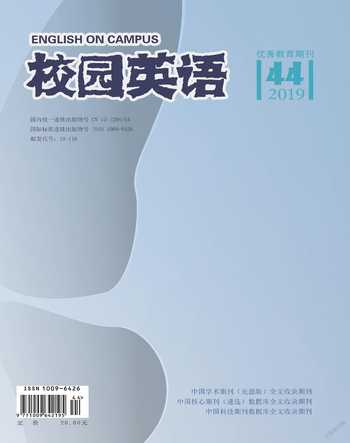Analysis of Pragmatic Conditions of Null Subject in Mandarin
Ⅰ.Background of null subject acquisition research
Han Jingquan (1997) takes the phenomenon of null object as discourse deletion which should be included in the discourse grammar, because the analysis of the null element beyond the boundary of sentence. So the pragmatic analysis of null subject is necessary, especially for Chinese. Li (1997) regards Chinese as a language with no grammatical requirement for the appearance of referent.
In this study from a longitudinal database of a Mandarin speaking child from 0;8-4;5 and five records were chosen.
1. Input. Parameter in UG indicates that children have innate language knowledge which has different parameter settings cross languages. Chinese is [+pro drop] [+zero topic] language (Hickman and Hendricks, 1999) allowing null subject in adult speech. When talking to children, caretaker do not always produce full form of the subject. Sometimes adults omit the subject in discourse. But this does not provide an explanation to the acquisition of null subject. But those examples account for small portion of the utterance, with 9 in 0;08.10 and 5 in 1;03.10, and become even smaller with age increasing.
2. Focus and NP types.Children produce null subject when the focus of questions does not lie in the subject. When the focus is on the VP, an answer of VP will be given without a subject even though the subject is nominal and has been clearly elicited. The focus can be in any positions of the sentence. And this strategy overwhelms all the other rules in the early age.
The NP types that children use to indicate the information status agree with the property of separate types of NP. In the data, the child will use ‘ta (it)’ representing for the doll that was mentioned by the mother with a nominal ‘wawa (the doll)’. According to Hickman (1998), the predictability of non-determined nominal is the weakest. After introduced to the discourse, it becomes predictable in the context and mutual knowledge between the mother and the child. And The most possible subject to omit is pronominal and the least one is the nominal.
The final position is a place for a natural focus in Chinese, which has a function of emphasizing and prominence (Liu Danqing and Xu Liejiong, 1988) and the child may put the pronoun at the final place to emphasis.
3. Topic continuity. When the topic remains unchanged, the child tend to use more predictable pronouns for the referent. According to Ping Chen (1984), the sentences in a topic chain share the same topic. Chinese is a ‘topic-oriented’ language (Han Jingquan, 1997). Children use null anaphor refer to the pronominals, and all the utterances share a common topic. Hickman (1998) found discourse, cognitive and linguistic factors to relate to newness marking. when the topic remains unchanged, children tend to use null subject for reference and otherwise use an overt subject. But Children do not always use null subject when there is a topic maintenance. It is maybe related to the increase of age. The cognitive requirement increase the complexity of both production and comprehension.
Ping Chen (1984) gave a pattern of the zero anaphora in subordinate clauses. In the analysis of the data, the child did not produce subordinate clause until 3, and children will not omit the subject in subordinate clauses with an overt main clause subject.
Ⅱ.Conclusion
The exploration of the developmental data suggests some regulation of null subject acquisition of young children from 8 month to 4-year-old. There are some conclusions to make. Early age children have null subject and the production percentage decline with ages. And the null subjects are influenced by the input, NP types, continuity of topics, information status and inter-clause structure.
References:
[1]Chen, Ping.(1984) A Discourse Analysis of Third Person Zero Anaphora in Chinese. Bloomington: Indiana University Linguistics Club.
[2]Hickman.(1998) On Null Subjects and other Pronouns: Syntactic and Pragmatic Approaches.
[3]Hickmann, Maya, and James Liang. (1990). “Clause-structure Variation in Chinese Narrative Discourse: A Developmental Analysis.” Linguistics 28, no. 6 : p1167-200.
[4]Hickmann, Maya, and Henritte Hendriks. (1999). “Cohesion and Anaphora in Childrens Narratives: A Comparison of English, French, German, and Mandarin Chinese.” Journal of Child Language 26, no. 2 : p419-52.
[5]韓景泉.空語類理論與漢語空位賓語[J].國外語言學,1997(4):1-14.
【作者簡介】LIANG Xinyuan,Chinese University of Hong Kong。

